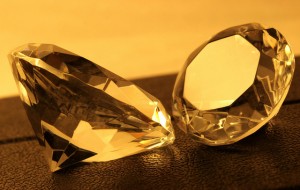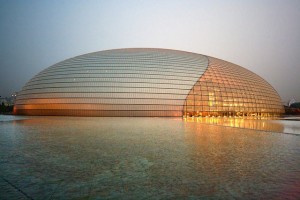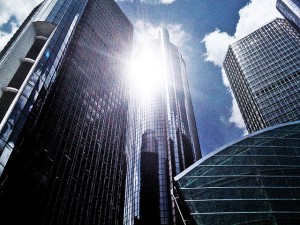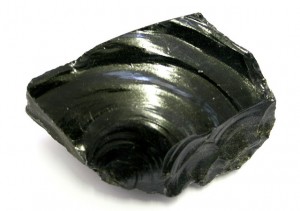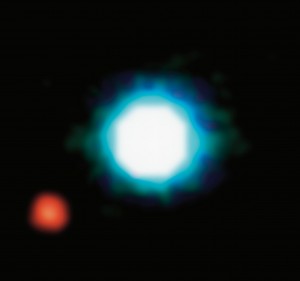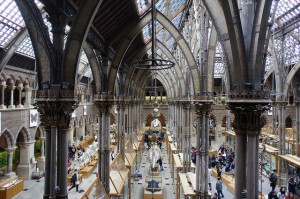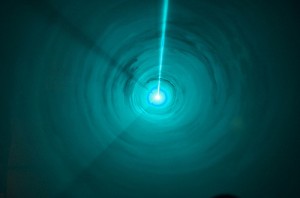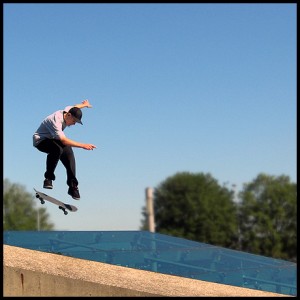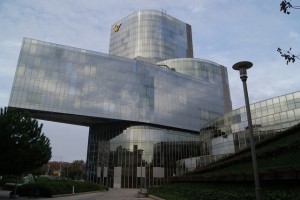Diamond Glass Aims for 500-lb Gorilla
Diamond glass isn’t the first gemstone-glass combination
This isn’t the first time that glass and gemstones have met. Apple uses sapphire coated glass in its iWatch to help the device stand up to daily abuse. Ahkan Semiconductor says that it has developed the glass and can manufacture it using a vapor deposition process, which is mass production friendly.
Can diamond-coated glass be manufactured cheaply and quickly enough to meet market demand? Is there any likelihood that the diamond-coated glass, known as Akhan Miraj NCD, will displace Corning’s Gorilla Glass? The company is not yet mass producing the product, and is looking for licensees so the new super-tough glass won’t show up in mobile devices in the immediate future, but incorporating diamonds could significantly improve a device’s ability to withstand drops and dings.
Just last month, Corning announced an upgrade to Gorilla Glass. The new formulation can withstand 80% of drops from shoulder height, but that may not be enough to top the new approach. According to the company, the Akhan Miraj NCD is 800 times thinner than Gorilla Glass, and can flex up to 45° without breaking.
The vapor deposition combined with microwave radiation allows synthetic diamonds to be “grown” on the surface of the glass. According to the company, the glass is much cheaper to make than sapphire glass, and is in theory more desirable because diamonds are more scratch-resistant than sapphires.
Akhan says it can have the glass in full-scale production in about a year. Akhan says it would consider a license agreement with Corning, so the companies could become partners, rather than competitors.
Although the glass is intended for use with mobile devices, in theory, it could find other uses. If you’re interested in considering the possible uses of glass, please visit the rest of our site. If you’d like to purchase Glassprimer™ glass paint, please visit our online store .
Photo Credit: Ch’7K, via Flickr.com

